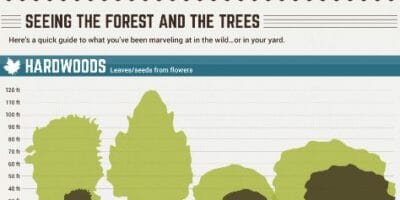Identifying The Right Time For Tree Elimination - A Guide For Homeowners
Identifying The Right Time For Tree Elimination - A Guide For Homeowners
Blog Article
Created By-Churchill Lester
Trees add beauty and value to property, yet they can also pose a danger throughout extreme climate occasions. If a tree has stopped expanding, is showing noticeable fungal development, or has a leaning trunk, it needs to be eliminated by a professional to avoid building damages and injury.
To find out more, attend a home owner resource fair co-hosted by HPD, the Center for New York City Neighborhoods, and Brooklyn-based housing companions this night in Bedford-Stuyvesant. The event will include the Homeowner Handbook, a brand-new overview to aid homeowners navigate the responsibilities of possessing a home.
1. Dead or Perishing Branches
Trees are an indispensable part of your home's landscape, offering shade and appeal. https://bushstumpremovaltool28395.dbblog.net/2593141/ensuring-a-seamless-tree-removal-experience-expert-tips-and-tricks provide shelter for wild animals and produce oxygen, however even healthy trees can experience health problems that might require their elimination. Dead or passing away trees aren't just unattractive, they can be unsafe. Their branches could drop during a storm, leading to pricey home damage and injuries.
When a tree's branches begin to die, it implies that its structure is starting to break down. If most of its branches are dead, it is likely time to remove it.
Search for a lack of new development, bark peeling, open wounds or cavities, fungis expanding on the trunk or origins and a general appearance of decay in the entire canopy. These signs of infection can indicate a severe issue that will certainly require expert tree services to solve.
2. Leaning garden maintenance west auckland
While it's regular for trees to lean periodically due to phototropism, if a tree has a dangerous or severe lean that's not because of natural processes - it could be an indicator that the tree needs to be removed. If the tree is leaning toward a high-voltage line, home, vehicle, play framework or any other area that could be dangerous to individuals if it drops, after that calling a specialist tree service for removal ought to be a leading priority.
It's likewise crucial to watch for any kind of sudden changes in a tree's leaning as it can suggest damage to the roots or trunk that might result in falling. This is specifically true during stormy weather, given that high winds and rain-soaked dirt can create a lean to transform swiftly. Normal tracking, specifically throughout and after storms can assist home owners acknowledge potential issues with their trees so they can call an arborist for a thorough evaluation.
3. Pest Problem
Some pest problems, such as wood-boring bugs like emerald ash borer or sap-suckers like range insects, are so extreme that they can trigger a tree to die. The best way to stop pest invasion is to check your trees regularly. Seek areas, holes, or stainings in the leaves and bark. Examine the trunk for splits and indicators of insect damage, such as passages or tracks.
If a tree comes to be also plagued with insects, or is close to a home or high-voltage line, an arborist might recommend elimination. If a leaning tree develops a new, unsteady lean, an arborist will likely suggest removal also to ensure the safety of people and building. If a damaged or dead tree consistently loses too much branches, it is an indicator that it is time to eliminate the tree. If a tree remains to drop branches for an extensive period of time, it can lead to structural troubles and prospective property damage.
4. Damaged Trunk
Trees are a gorgeous and fundamental part of our landscape, yet they do call for normal like keep them healthy and balanced and risk-free. If a tree is damaged beyond repair it is likely time for it to find down.
Try to find indications of damages to the trunk, consisting of upright fractures, joints, dead branch stubs, noticeable injuries or open tooth cavities and severe tree-rot. The presence of fungis at the base of the trunk is one more cautioning sign. Fungi might suggest that the phloem and xylem (life-support tissues) are jeopardized, allowing for the spread of disease or a future failing.
Also, take into consideration whether the tree has actually quit expanding. Healthy and balanced trees will certainly have brand-new growth yearly, which might be visible as buds or branches growing and prolonging. If you don't see any new growth, it's a good concept to have an arborist examine the tree and follow their recommendation for elimination. A dying or harmed tree can fall and create residential or commercial property damages.